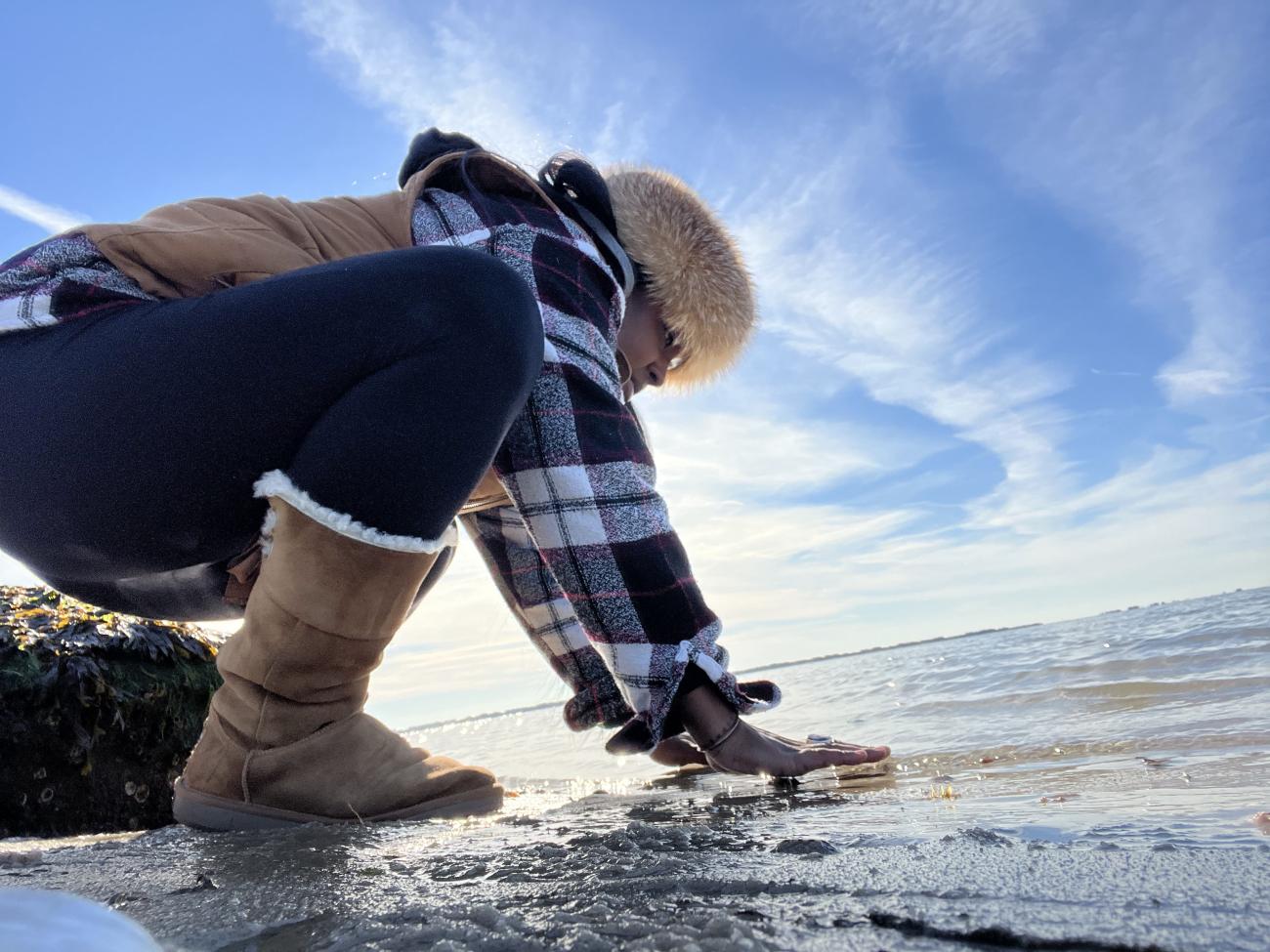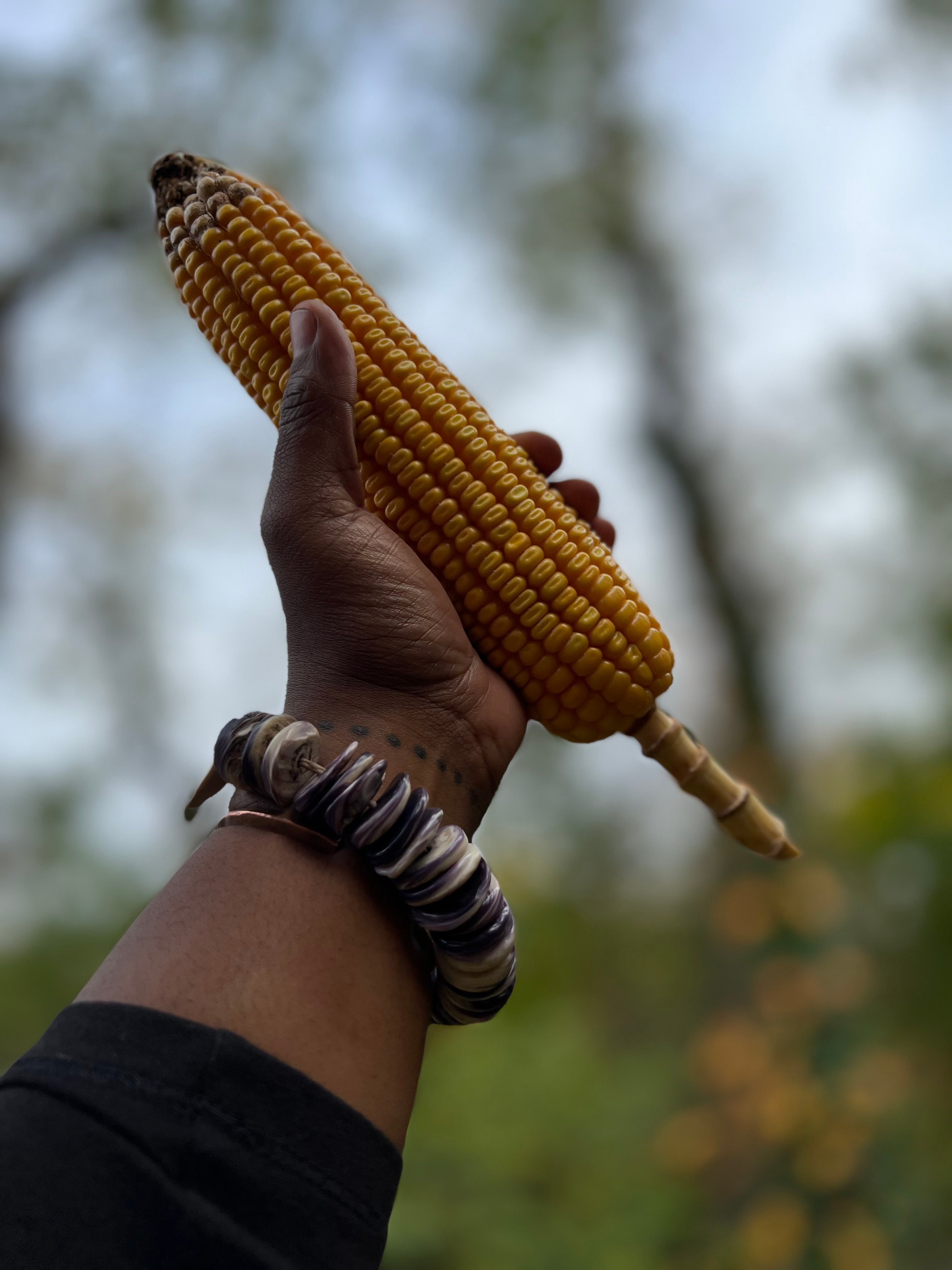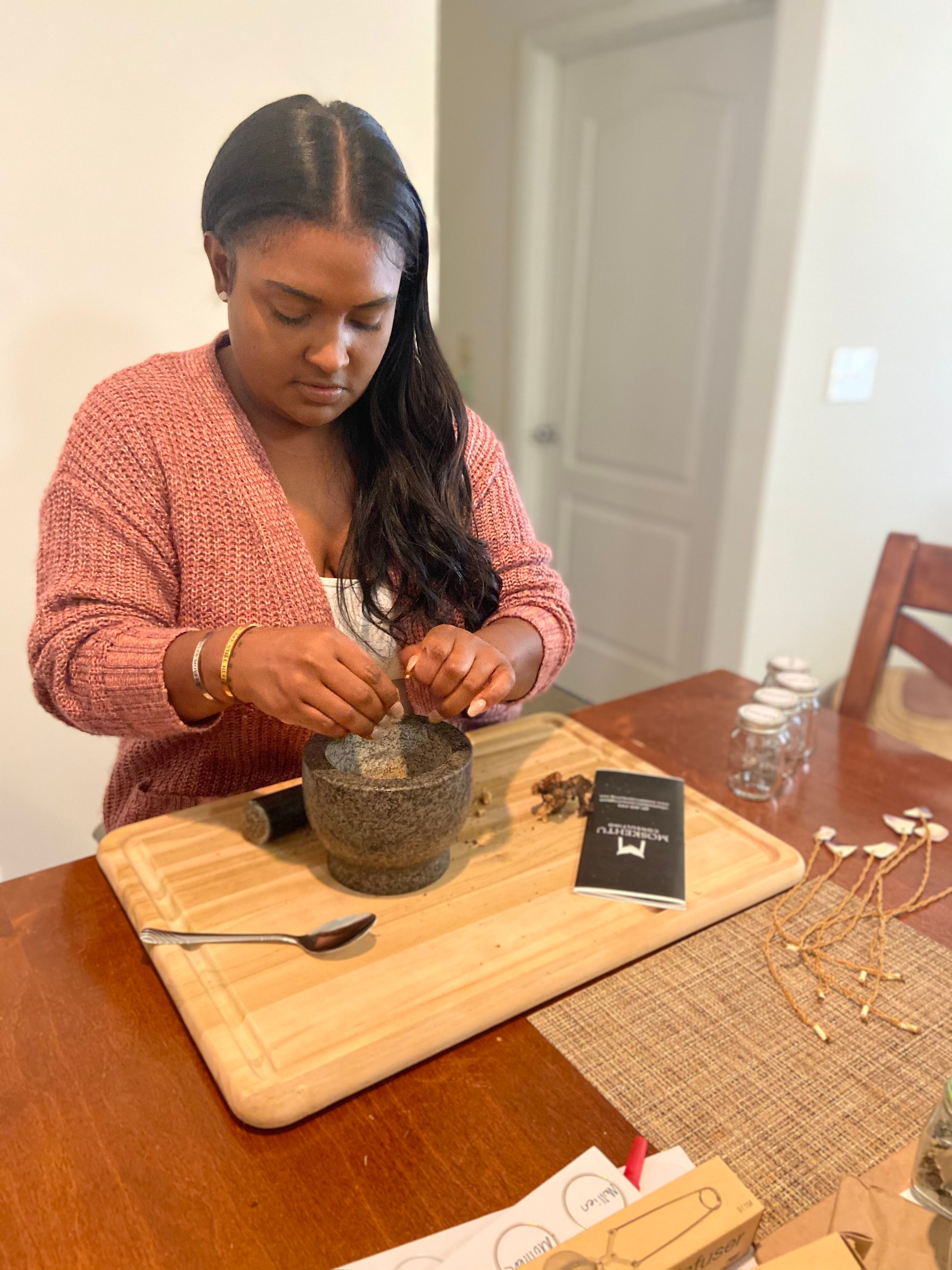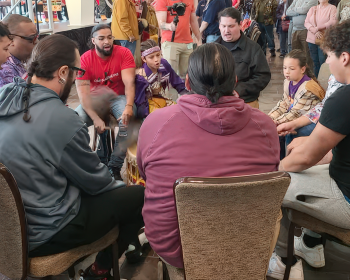
At different times throughout the year, we feel the effects of universal changes and shifts in more ways than we realize. Those shifts occur during the winter solstice, spring equinox, summer solstice, and the autumn equinox. For thousands of years, Indigenous Peoples around the world have understood and acknowledged their interconnection with the universe, from how traditions are practiced to the effects the seasonal shifts have on us.
The behavior of nature is a behavior reflected by humans on Earth. Our ancestors have always respected the Earth and the seasonal shifts, which is why during the warmer months they foraged, fished, hunted, and planted. During the fall they gathered, harvested, and prepared for winter. During the winter they gathered inside sharing the harvest with one another, telling stories, giving thanks, and making things with materials gathered from throughout the year.
Indigenous Peoples are connected to the land and water. To mark each universal shift, cultural ceremonies are held in sacred sites annually. Some coastal Tribes gather by the ocean and make prayer offerings collected from the entire year to the ocean; some Tribal people fast during these shifts. To this day we fight to protect these sacred sites to continue to be aligned with the rotation of the Earth. Practicing these cultural ceremonies in the same places as our ancestors on the same day each year is energetically significant.
Chenae Bullock during a hunting trip in the Shinnecock Woods. Photo by Sunshine Gumbs.
In the northern hemisphere, the seasonal behavior of winter allows the waters to freeze, preserving life. The ground hardens and life buries itself to be still. The trees become bare and harden. The sounds of nature become quiet and the energy is still and calm. Our people have respected this behavior of nature and mirror it. During the winter months we turn inward and reflect on the things most important to us, such as family, the home, our health, and manifestation for the coming year.
In the northeastern part of Turtle Island, our ancestors' traditional dwellings were always constructed in a round shape. During the warmer months the homes would be located closer to the shores, covered in aquatic reed mats that kept the homes cool and dry. During the winter the families would move up to 10 miles inland to larger round bark covered multi-family homes underneath old growth forests. Having a round home allows for the fire to be in the center of the home, allowing for heat to circulate the entire home equally. It also allows the snow drifts from Nor'easters to pile up around the home, protecting it from wind gusts.

Holding harvest corn. Photo by Chenae Bullock.
When colonists would visit these winter villages they often thought they were abandoned because there was not much outdoor movement from the people and smoke was not seen coming out of the homes. This was due to the fact that our ancestors used tree deadfall that had been collected throughout the year, which burns with almost no smoke. When they entered the homes, the people were not bundled up because the homes were so warm and cozy.
When the winter comes, we withdraw into our inner selves and into our deepest spaces. This is a time where detailed winter projects such as finger weaving, carving, shellwork, painting, featherwork, and the processing of plant medicines and plant materials for intricate projects are practiced and taught to the younger generations. This is a time of year where all of the generations sit together and share family history and oral traditions, and give each other gifts for the special things that have occurred throughout the year. This is the time of year where extended families spend more time together. We see many of these practices in many cultures throughout the world.
In the Northeast, exposure to sunlight is limited during the winter months, which can cause us to feel lethargic and exhausted. Serotonin levels drop, which can also affect sleep patterns and moods, leading to depression. Statics around the world show that suicides and overdoses increase during the winter. While there are many contributing factors, colonized societies today do not slow down during the winter as they once did. This can leave people feeling overwhelmed, overworked, and separated from loved ones. Spending time with loved ones increases serotonin levels, which is extremely important during the winter months.

Chenae Bullock making herb teas with herbs she has foraged. Photo by Esther Lee.
Many of our winter cultural traditions are now being looked at as ways to prevent and cope with seasonal depression. One traditional antidote is to eat food with higher levels of Vitamin C. In my book, “50 Plant Medicines Indigenous Oral History & Perspective,” I talk about Staghorn sumac, which contains a high amount of Vitamin C. I typically like to have them in my kitchen throughout the winter to eat as often as needed. Another great plant to use to help with coping with seasonal depression is white sage. I have been taught that sage clears out spiritual impurities, pathogens, and even insects. It also helps to neutralize positive ions and to uplift one's mood. It is also important to maintain adequate levels of Vitamin D, and to get outside on the days the sun is shining bright. Keeping warm, seeing light, taking on new projects, being around friends and family, and talking through things that are bothersome can all increase the body’s serotonin, which acts as a mood stabilizer and regulates body temperature.
There is something about this time of year that I enjoy about being forced to slow down and turn inward. I find that working with plant medicines throughout the winter helps me slow down and gives me an uplifting feeling. I practice aromatherapy using grounding fragrances such as cedarwood, pine, and juniper. I use oils in my hot baths or steam showers, burning oils in my home, and wearing oils throughout the week. I often boil cedar or white pine and steam my face over the pot to take in the steam and the fragrance from the plants. I make sure my body temperature stays warm throughout the winter by keeping myself bundled up with warm socks, sweaters, and scarves.
A recent UN study shows that the Ozone layer continues to heal—a key development for health, food security, and the planet. The more harmoniously that humanity can live with the Earth and the universal shifts, the more we will see significant change towards a healthier planet. We are truly blessed with our culture, our traditions, and the resilience of our Peoples who have passed these traditions down for us to practice today. I will forever cherish the teachings and my responsibility in continuing the tradition of our oral history.
—Chenae Bullock is an enrolled Shinnecock Indian Nation Tribal member and descendant of the Montauk Tribe in Long Island, New York. She is a community leader, water protector, cultural preservationist, Indigenous perspective historian, and humanitarian. She is also the founder and CEO of Moskehtu Consulting, LLC, and a 2022-2023 Cultural Survival Writer in Residence.
Top photo: Self-portrait on the shores of Shinnecock. Photo by Chenae Bullock.



